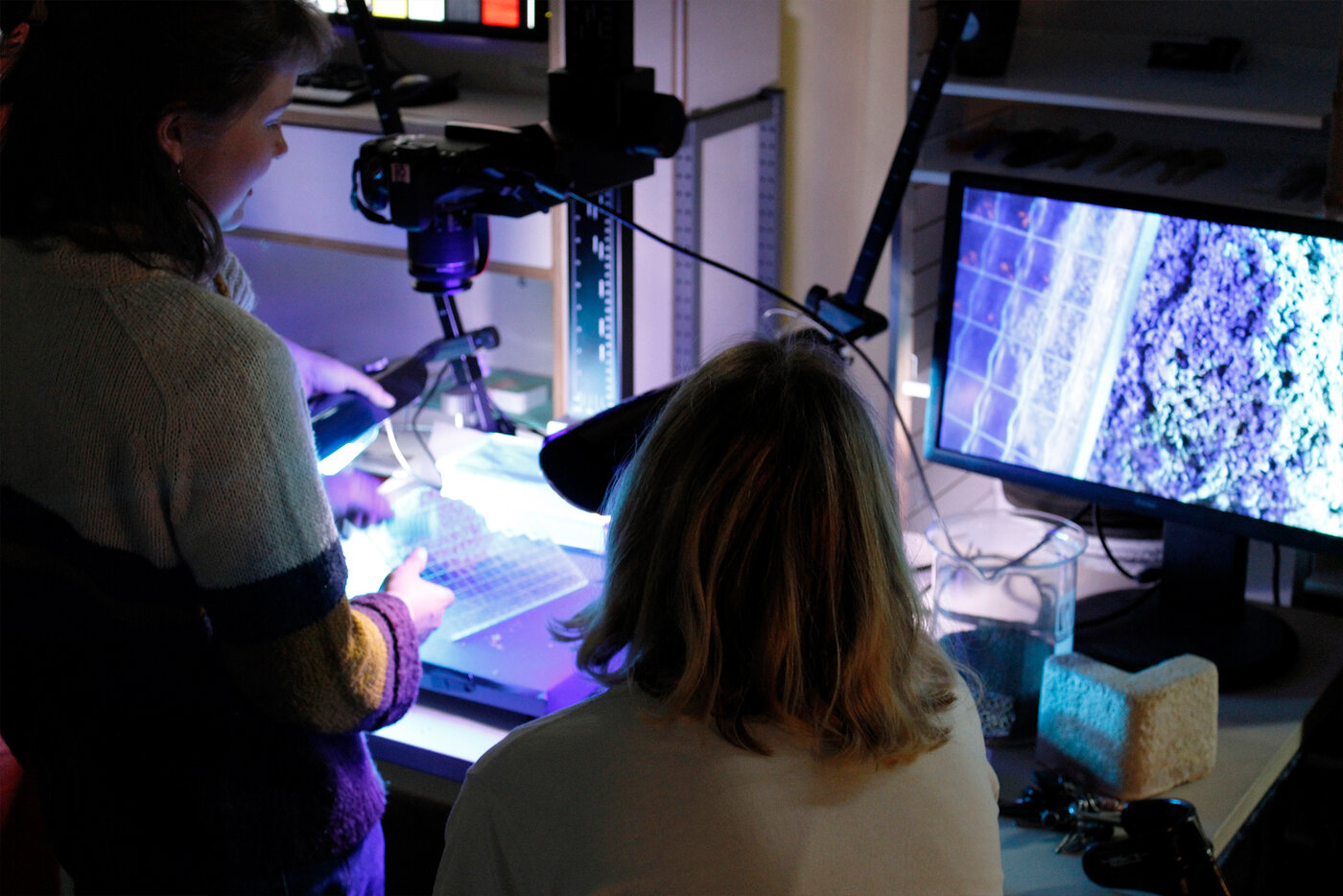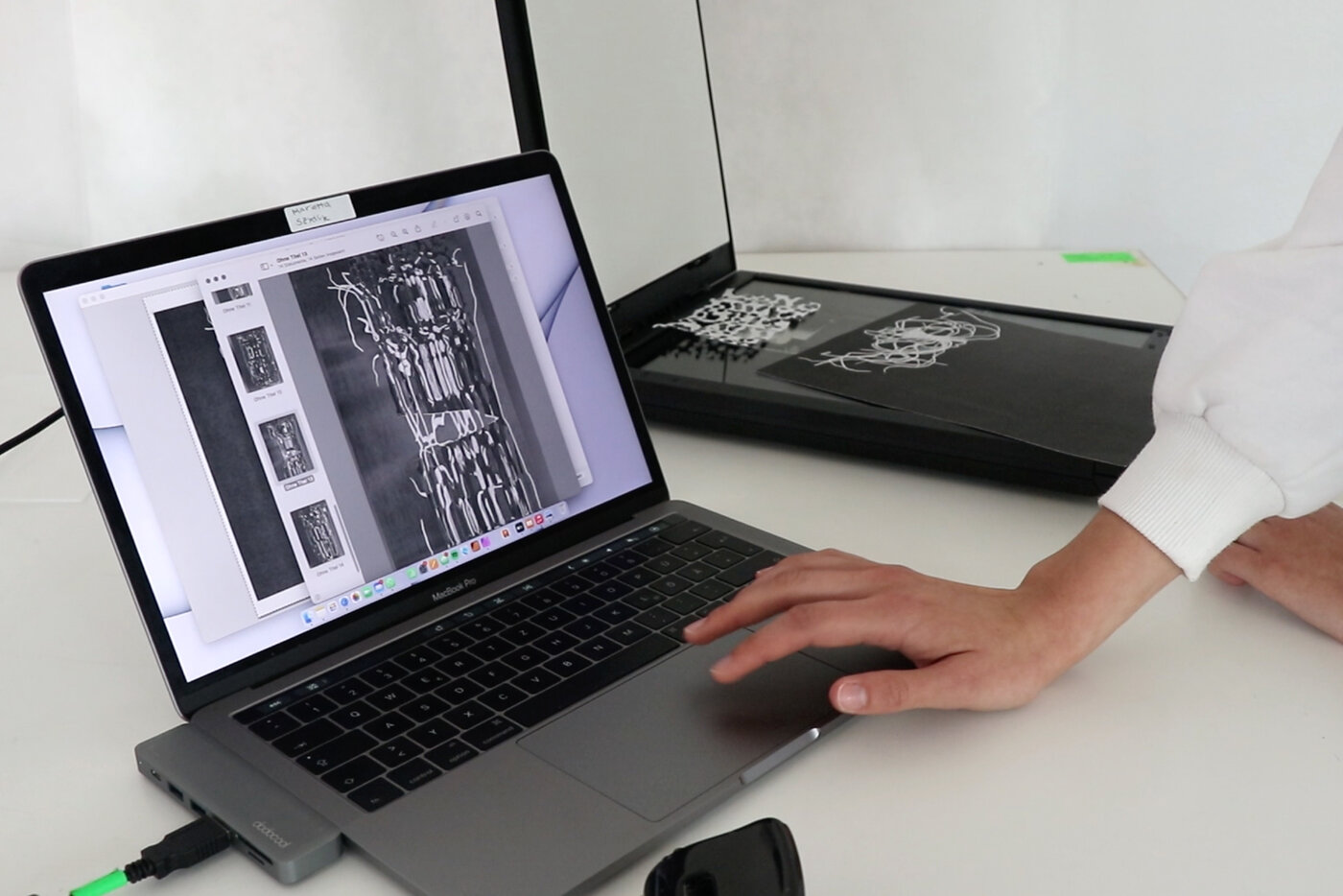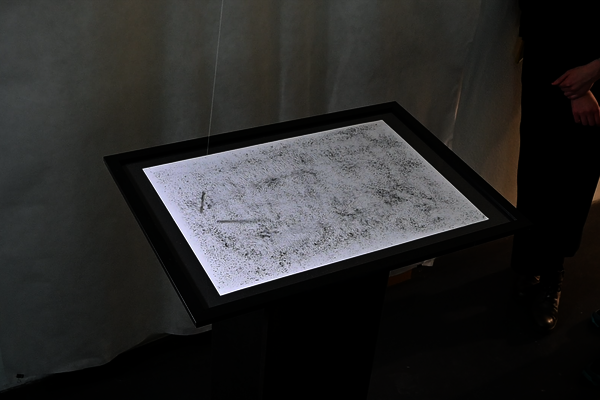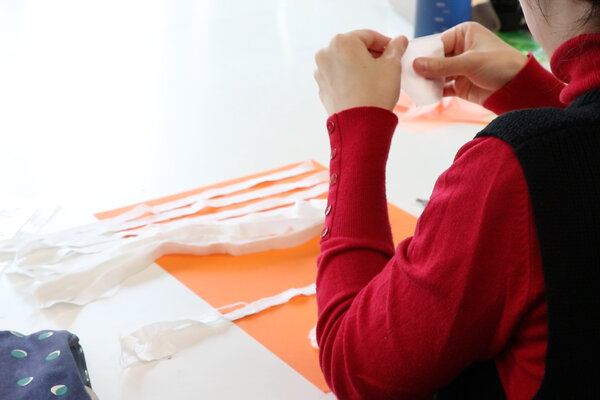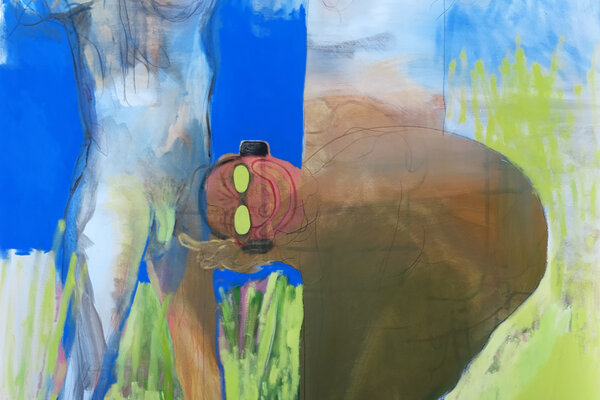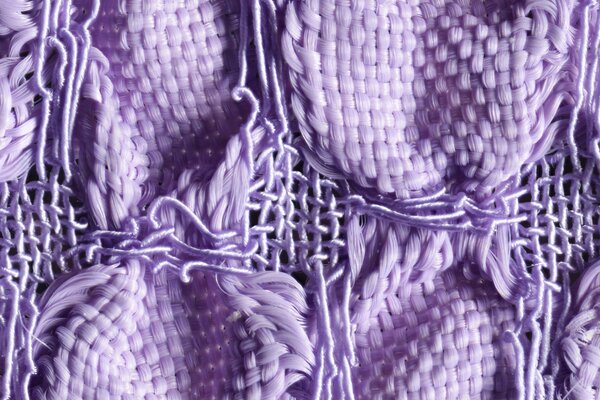Designing is a searching movement between the starting point and the finalised design object, and is therefore always processual, interactive and performative. If digital tools are used in the design process, this is even more the case, as each design step can also be reversed. Digital work removes many of the limitations that are inherent to physical materials, for example. At the same time, budding designers face different challenges here.
The 4D Process and Interaction area views design as an initially open-ended process that becomes goal-oriented through a structured approach.
In practical exercises, students deal with the topics of space, time, movement, staging and interaction. Analogue and digital materials, audiovisual media, interactive programming, the use of space and conceptual discussion are combined.
Discussing and developing ideas together creates a discursive and reflective attitude. The students' own ways of thinking are contrasted and scrutinised with those of other students. Through variation and discussion in the group, not only individual results emerge, but also overarching insights.
This includes collaborative processes in the group, questioning our own patterns and habits of perception, as well as reflecting on how we deal with media, technologies and social spaces.
The knowledge imparted in the degree programme is only provisionally valid. Solutions that have proved successful in the past are snapshots and must be re-examined in the future. However, they can also have a different effect or be used differently in new contexts and media. It is therefore important to learn to deal constructively with uncertainty and to understand creative processes.
An attitude of being interested in not-knowing should be encouraged.
